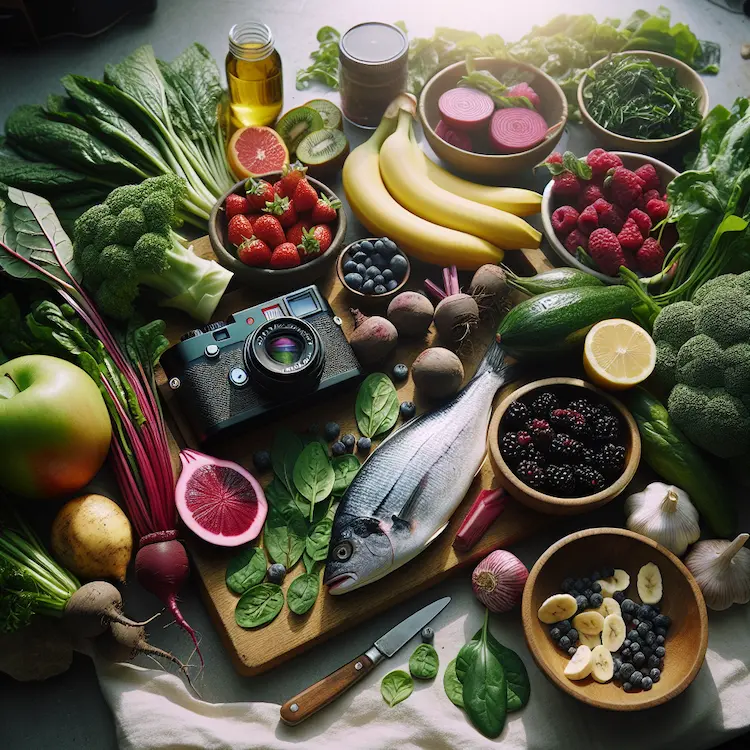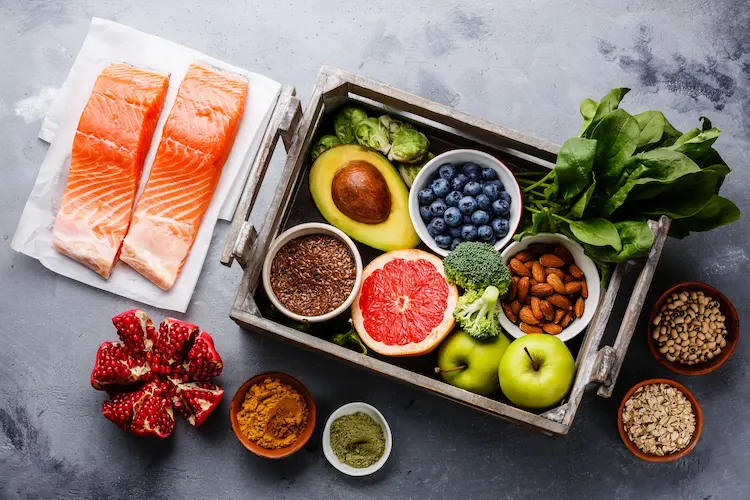Foods That Naturally Lower Blood Pressure: A Comprehensive Guide High blood pressure, or hypertension, is a significant health concern affecting millions worldwide. Fortunately, dietary choices can play a crucial role in managing and even lowering blood pressure naturally. This article explores various foods that have been scientifically proven to help reduce blood pressure and promote overall cardiovascular health.
Understanding Blood Pressure and Its Impact
Blood pressure is the force of blood pushing against the walls of arteries as the heart pumps blood. When this pressure remains consistently high, it can lead to serious health complications, including heart disease, stroke, and kidney problems. Normal blood pressure is generally considered to be below 120/80 mm Hg, while hypertension is diagnosed at 130/80 mm Hg or higher.
The DASH Diet: A Proven Approach
The Dietary Approaches to Stop Hypertension (DASH) eating plan is a well-researched and effective strategy for lowering blood pressure.
This diet emphasizes:
- Fruits and vegetables
- Whole grains
- Low-fat dairy products
- Lean meats, fish, and poultry
- Nuts and legumes
The DASH diet also recommends limiting:
- Saturated and trans fats
- Sodium
- Added sugars
Studies have shown that following the DASH diet can lower blood pressure by up to 11 mm Hg systolic.
Key Foods for Lowering Blood Pressure
Leafy Green Vegetables
Vegetables like spinach, kale, and Swiss chard are rich in potassium, which helps the body excrete sodium and ease pressure on blood vessels. These greens are also high in nitrates, which can help relax blood vessels and improve blood flow.
Berries
Blueberries, strawberries, and raspberries contain antioxidant compounds called anthocyanins, which have been linked to blood pressure reduction. A study found that consuming berries regularly may lower the risk of hypertension.
Beets
Beets are high in nitrates, which the body converts to nitric oxide. This compound helps dilate blood vessels, potentially lowering blood pressure. Drinking beet juice or incorporating beets into your diet may have a positive impact on blood pressure levels.
Bananas
Rich in potassium, bananas can help counteract the effects of sodium and lower blood pressure. One medium-sized banana contains about 422 mg of potassium.
Oatmeal
Whole grains like oatmeal contain beta-glucan, a type of fiber that may help reduce both systolic and diastolic blood pressure. Oatmeal is also a good source of potassium and magnesium, both beneficial for heart health.
Fatty Fish
Fish like salmon, mackerel, and sardines are high in omega-3 fatty acids, which have anti-inflammatory properties and can help lower blood pressure. Aim for at least two servings of fatty fish per week.
Garlic
Garlic contains allicin, a compound that may help relax blood vessels and improve blood flow. Studies have shown that garlic supplementation can reduce blood pressure by an average of 8.3 mm Hg systolic and 5.5 mm Hg diastolic.
Citrus Fruits
Oranges, grapefruits, and lemons are rich in vitamins, minerals, and plant compounds that may help lower blood pressure. The high vitamin C content in these fruits may also contribute to their blood pressure-lowering effects.
Dark Chocolate
Dark chocolate with a high cocoa content (70% or more) contains flavonoids that can help dilate blood vessels and lower blood pressure. However, it’s important to consume it in moderation due to its calorie content.
Pistachios
These nuts are rich in potassium and other nutrients that may help reduce blood pressure and cholesterol levels. Unsalted pistachios can be a healthy addition to your diet when consumed in moderation.

Comparison of Blood Pressure-Lowering Foods
| Food | Key Nutrients | Potential BP Reduction |
|---|---|---|
| Leafy Greens | Potassium, Nitrates | 2-5 mm Hg |
| Berries | Anthocyanins | 5-8% risk reduction |
| Beets | Nitrates | 4-10 mm Hg |
| Bananas | Potassium | 2-4 mm Hg |
| Oatmeal | Beta-glucan | 2-6 mm Hg |
| Fatty Fish | Omega-3 fatty acids | 2-4 mm Hg |
| Garlic | Allicin | 8-14 mm Hg |
| Dark Chocolate | Flavonoids | 2-3 mm Hg |
Note: The potential blood pressure reductions are estimates based on various studies and may vary among individuals.
Additional Dietary Strategies
Reduce Sodium Intake
Limiting sodium to less than 2,300 mg per day (or even better, 1,500 mg) can significantly lower blood pressure. Be mindful of hidden sodium in processed foods and opt for fresh, whole foods whenever possible.
Increase Potassium Consumption
Aim for 3,500 to 5,000 mg of potassium daily, which can help lower blood pressure by 4 to 5 mm Hg. However, individuals with kidney problems should consult their doctor before increasing potassium intake.
Incorporate Probiotics
Some studies suggest that consuming probiotic-rich foods like yogurt, kefir, and fermented vegetables may help lower blood pressure. Probiotics may help regulate blood pressure by improving gut health and reducing inflammation.
Limit Alcohol and Caffeine
While moderate alcohol consumption may have some health benefits, excessive intake can raise blood pressure. Similarly, caffeine can cause short-term spikes in blood pressure, so it’s best to consume it in moderation.
Practical Tips for Implementing a Blood Pressure-Lowering Diet
- Gradually introduce new foods to your diet to allow your taste buds to adjust.
- Plan your meals in advance to ensure a balanced intake of blood pressure-lowering foods.
- Experiment with different recipes that incorporate these beneficial foods.
- Read food labels carefully to avoid hidden sodium and unhealthy fats.
- Consider keeping a food diary to track your intake and its effects on your blood pressure.
Conclusion
Incorporating foods that naturally lower blood pressure into your diet can be an effective and delicious way to manage hypertension. The DASH diet, along with specific foods rich in potassium, nitrates, and other beneficial compounds, can significantly impact your blood pressure levels. Remember that dietary changes should be part of a comprehensive approach to health, including regular exercise, stress management, and consultation with healthcare professionals.
By making informed food choices and adopting a heart-healthy lifestyle, you can take control of your blood pressure and reduce your risk of cardiovascular complications. Start small, be consistent, and enjoy the journey towards better health through nutritious, blood pressure-friendly foods.



